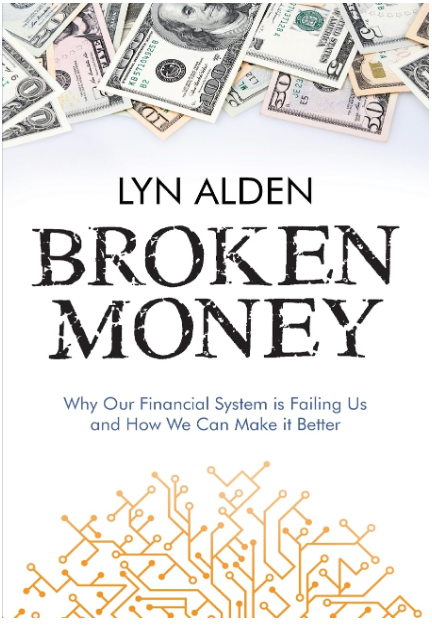
The financial system we rely on today has served humanity for centuries, but is it keeping pace with the 21st century? In her book, Broken Money: Why Our Financial System is Failing Us and How We Can Make it Better, Lyn Alden contends that the answer is a definitive no. This comprehensive review explores the core concepts of the book, its strengths, and potential drawbacks to help you decide if it's the right read for you.
Understanding Money Through a Technological Lens
Broken Money takes a unique approach, examining the history of money through the lens of technological advancements. From seashells used as early forms of currency to the invention of the telegraph and the rise of digital money, Alden demonstrates how innovation has constantly reshaped our financial landscape.
This approach allows readers to grasp the fundamental principles of money and how its form has evolved alongside technology. It also begs the question: is the current system, heavily reliant on central banks and fiat currencies, truly optimized for the modern world?
A Critical Look at the Current System's Flaws
The book delves into the shortcomings of the current financial system, highlighting issues like:
Inflation: Alden argues that fiat currencies, backed by nothing tangible, are prone to devaluation through excessive printing. This erodes purchasing power and disproportionately affects those saving in these currencies.
Inequity: The book explores how the current system can lead to power imbalances, with citizens in certain countries facing more financial instability compared to others.
Lack of Innovation: The slow adaptation of the global financial system to technological advancements leaves it vulnerable to disruption by new technologies like cryptocurrency.
Through historical examples and real-world cases, Alden paints a compelling picture of the flaws in the current financial landscape.
Bitcoin: A Potential Solution?
Alden allocates a considerable section of the book to Bitcoin, the pioneering and most extensively embraced cryptocurrency. She analyzes Bitcoin's potential as a solution to the weaknesses of traditional fiat currencies.
Here are several important aspects that were discussed:
Scarcity: Unlike fiat currencies, Bitcoin has a capped supply, which theoretically prevents inflation.
Security: The book highlights Bitcoin's decentralized blockchain network, which offers a high level of security and transparency.
Global Accessibility: Bitcoin transcends geographic borders, potentially offering a more equitable solution for international transactions.
However, the book also acknowledges potential drawbacks of Bitcoin, such as its volatility and scalability concerns.
A Balanced Perspective for Informed Readers
While the book presents Bitcoin as a promising alternative, it doesn't shy away from its limitations. Readers are encouraged to consider both the potential benefits and challenges associated with cryptocurrency.
The book also avoids overly technical jargon, making the complex topic of money and finance accessible to a wide audience.
Is Broken Money Right for You?
This book serves as an excellent resource for anyone who has an interest in:
Understanding the historical and technological evolution of money.
Exploring alternative solutions like Bitcoin and their potential impact.
Whether you're an investor, an entrepreneur, or simply curious about the future of finance, Broken Money offers a thought-provoking perspective that will challenge your assumptions and broaden your understanding of this critical topic.
It's important to note that the book is a strong advocate for Bitcoin, and readers seeking a completely neutral perspective may want to consider additional resources.
Disclaimer:- This post may contain affiliate links. If you click on a link and make a purchase, I may receive a commission at no extra cost to you.
Comments